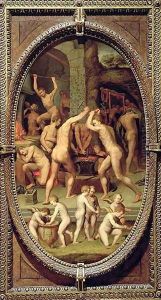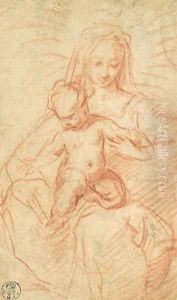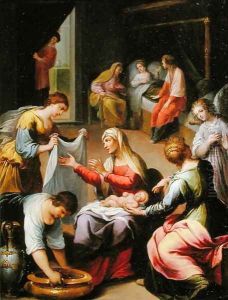Vittorio Casini Paintings
Vittorio Casini was an Italian sculptor and painter, born in 1882 in Florence, Italy, and passed away in 1956. He belonged to the early 20th century wave of Italian artists who straddled the line between traditional and modernist impulses in art. Casini's work was deeply influenced by the rich cultural and artistic history of Florence, a city known for its Renaissance heritage. Yet, he also embraced the emerging styles and philosophies of his time, making his work an interesting study in the evolution of Italian art during that period. Casini received his formal art education in Florence, where he studied under several prominent artists and sculptors of the time. His early work was marked by a strong adherence to classical forms and techniques, which was a hallmark of his training in Florence. However, as his career progressed, Casini began to experiment with more contemporary styles, including elements of Art Nouveau and later, Art Deco. This stylistic evolution is evident in his sculptures, which often blend traditional themes with more modern, streamlined forms. Despite his experimentation with modern styles, Casini never fully abandoned the classical sensibilities that characterized his early work. This blend of the old and the new made his work particularly appealing in a time of significant artistic transition in Italy. Casini was also known for his public monuments and memorials, which can be found in various locations across Italy. These works often reflect his ability to convey strong emotional and historical narratives, a skill that made him a sought-after artist for public commissions. Throughout his career, Vittorio Casini remained an active participant in the Italian art community, contributing to exhibitions and engaging in discussions about the direction of Italian art. His legacy is that of a bridging figure in Italian art, one who managed to honor the past while also engaging with the present. Though perhaps not as widely known internationally as some of his contemporaries, Casini's work continues to be appreciated for its craftsmanship and its nuanced place within the broader trends of 20th-century Italian art.


